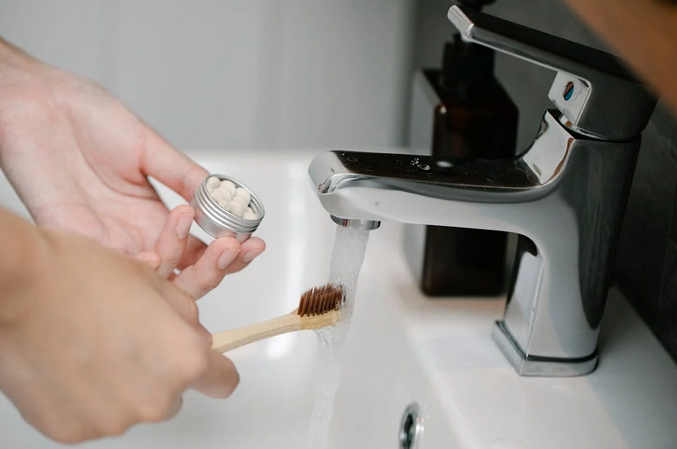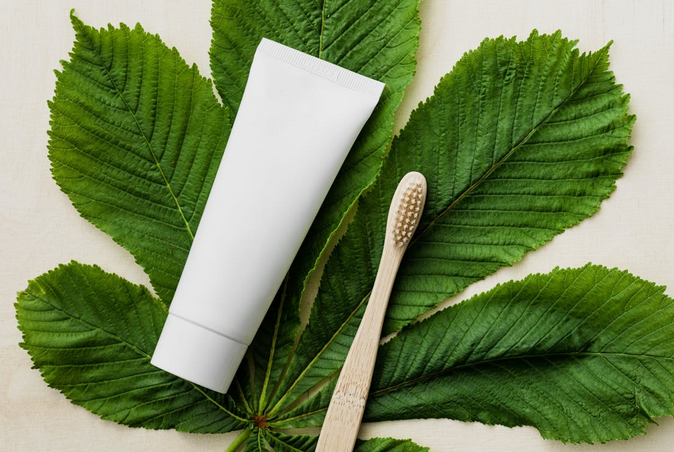
Choosing the right toothpaste can feel overwhelming with so many options lining the shelves. However, picking the right one is essential for maintaining your oral health. Whether you’re looking to prevent cavities, whiten your teeth, or address sensitivity, there’s a toothpaste for you. Let’s explore how to choose the right toothpaste for your specific needs.
Types of Toothpaste
Cavity Protection
If your primary concern is preventing cavities, look for toothpaste that contains fluoride. Fluoride strengthens tooth enamel and helps to ward off decay. Dentist in Richmond often recommends fluoride toothpaste as a key component of a comprehensive oral health routine to keep your teeth healthy and free from cavities. Most mainstream toothpaste brands offer fluoride options, making them a safe bet for cavity prevention.
Whitening
For those who want to brighten their smile, whitening toothpaste can be a good choice. These toothpastes often contain mild abrasives and chemical agents that help remove surface stains. However, it’s important to use them as directed to avoid damaging your enamel.
Sensitivity Relief
If you feel discomfort when eating hot or cold foods, you might find relief with toothpaste formulated for sensitive teeth. These types of toothpaste often include ingredients such as potassium nitrate or stannous fluoride, which help block nerve pathways in your teeth, gradually reducing sensitivity.
Tartar Control
Tartar control toothpastes help prevent the buildup of tartar (hardened plaque) on your teeth. They usually contain ingredients like pyrophosphates and zinc citrate, which slow down the calcification of plaque. While these can’t remove existing tartar, they can help keep your teeth cleaner between dental visits.
Natural Toothpaste
For those looking for more natural options, some toothpastes avoid artificial ingredients and use natural compounds instead. These often include ingredients like baking soda, essential oils, and herbal extracts. If you prefer fewer chemicals in your oral care routine, these might be the right choice for you.
Which Key Ingredients to Look For
Fluoride
Fluoride is the most crucial ingredient for preventing cavities. It helps to remineralize your teeth and make them more resistant to decay.
Triclosan and Zinc Citrate
These ingredients can help control plaque and reduce gum inflammation. They are often found in toothpastes aimed at promoting gum health.
Potassium Nitrate and Strontium Chloride
These compounds are commonly found in toothpaste for sensitive teeth and help reduce tooth sensitivity over time.
What to Avoid in a Toothpaste
Sodium Lauryl Sulfate (SLS)
SLS is a foaming agent found in many toothpastes. While it helps create that satisfying lather, it can be irritating for some people, especially those with sensitive mouths.
Artificial Sweeteners and Colors
If you’re concerned about artificial ingredients, look for toothpastes that avoid synthetic dyes and sweeteners like saccharin.
How to Choose the Best Toothpaste

- Identify Your Needs: Determine what you want to achieve with your toothpaste, such as cavity prevention, whitening, or sensitivity relief.
- Read Labels: Look for toothpastes that list active ingredients targeting your specific needs.
- Consult Your Dentist: If you’re unsure which toothpaste is best for you, ask your dentist for recommendations. They can provide personalized advice based on your oral health history.
- Try and Evaluate: Sometimes it takes a bit of trial and error to find the perfect toothpaste. Don’t be afraid to try different brands and types until you find one that works well for







